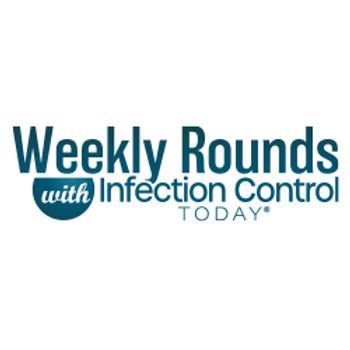
Take 5 minutes to catch up on Infection Control Today’s highlights for the week ending January 21.

Take 5 minutes to catch up on Infection Control Today’s highlights for the week ending January 21.

Outpatient settings are not like inpatient settings. They have unique requirements and circumstances, including those related to infection prevention and control.

The successful combination of products and the adoption and application of science-based practices will help the sterile processing profession rise above challenges to protecting frontline technicians.

Animal infection sets the stage for an independent evolution of SARS-CoV-2 which, after an extended evolutionary period, can jump back to humans causing disease with an unpredictable infectivity and case fatality rate.

Some experts see Omicron starting to peak in the U.S., and “normal” may soon return. In the meantime, unfortunately, be prepared for a rough month or so.
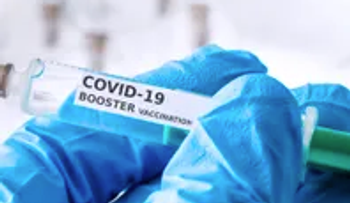
Despite the preliminary evidence that a fourth dose will not offer sufficient protection against Omicron, Israel will continue to offer it to vulnerable populations, predicting that the variant’s contagions will wane.

There’s not much IPs can do to help nurses who battle the Omicron surge except urge hospital administrators to listen to their grievances.

COVID-19 seems to be present in many white-tail deer. The danger posed by that includes COVID-19 mutating into a new variant that reinfects humans, says a study.

Infection prevention and control experts offer their peers advice on how to handle overcrowding at hospitals and what to do about masking.

Take 5 minutes to catch up on Infection Control Today’s highlights for the week ending January 14.
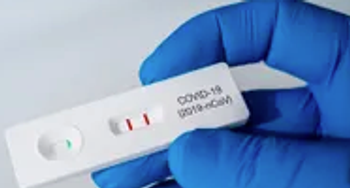
As infection preventionists, we need to request that hospitals dust off the practices that were implemented during 2020. We need to reiterate that vaccination does not prevent infections, only severe illness.

Health care workers who work at facilities that care for patients who have Medicare or Medicaid must get the COVID-19 vaccine.
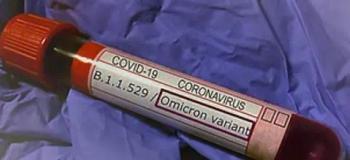
Infection preventionists and other health care professionals once again on the frontlines battling a COVID-19 surge need be wary of “mild” symptoms that could haunt them in the long run.

Omicron and an ample supply of N95s and KN95s might lead the CDC to change masking recommendations for the public this week to say that individuals should wear those masks.
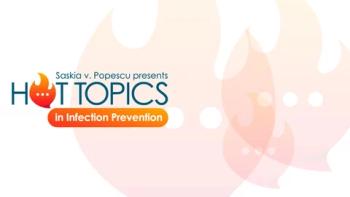
Infection preventionists have been rocks throughout this pandemic and they now have to gear themselves again as they enter this frustratingly complex, nuanced, and challenging next phase.
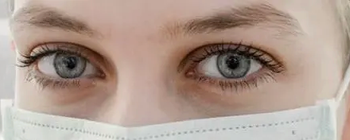
Before COVID-19, the infection prevention department got a median of 71 calls a month. When COVID-19 struck, that rose to 368 a month, with 50% of calls concerning isolation precautions, the study states.
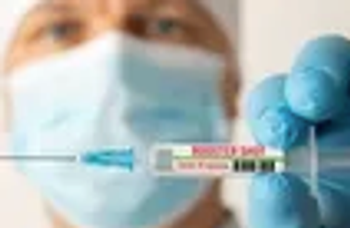
The vaccine for Omicron looks promising, says Pfizer, but in the meantime, the booster remains the best shot at avoiding infection.

Delta and Omicron coinfection is one of several concerns voiced by Paul Burton, MD, the chief medical officer at Moderna, to a panel of lawmakers in the United Kingdom.

We may need to pivot to the strategy adopted by Singapore, to have voluntarily unvaccinated individuals to pay at least a portion of their care. It is very easy to act irresponsibly when others are funding your safety net.

Infection preventionists will be watching closely as the nation’s Top Court is expected to rule—perhaps within days—whether hospitals can mandate that their workers get the COVID-19 vaccine.
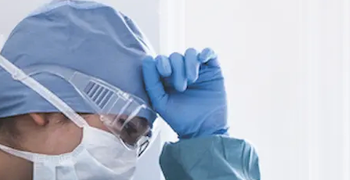
Just when should a health care professional return to work after a high-risk COVID-19 exposure? In a Q&A, Sharon Ward-Fore, MS, MT(ASCP), CIC, FAPIC, explains the CDC’s changing recommendations.

Take 5 minutes to catch up on Infection Control Today’s highlights for the week ending January 7.

As the government rolls out 500 million rapid at-home antigen tests, results of a small study suggest that those tests will produce false-negatives that will enhance Omicron’s spread.
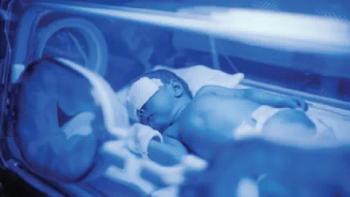
Data collected from over 46,000 pregnant women show that COVID-19 vaccination does not cause an increased risk of preterm birth or small-for-gestational-age at birth.
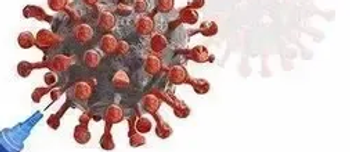
Unclear labeling and disorganized storage can lead to the wrong dose of a COVID-19 vaccine being administered to a child.